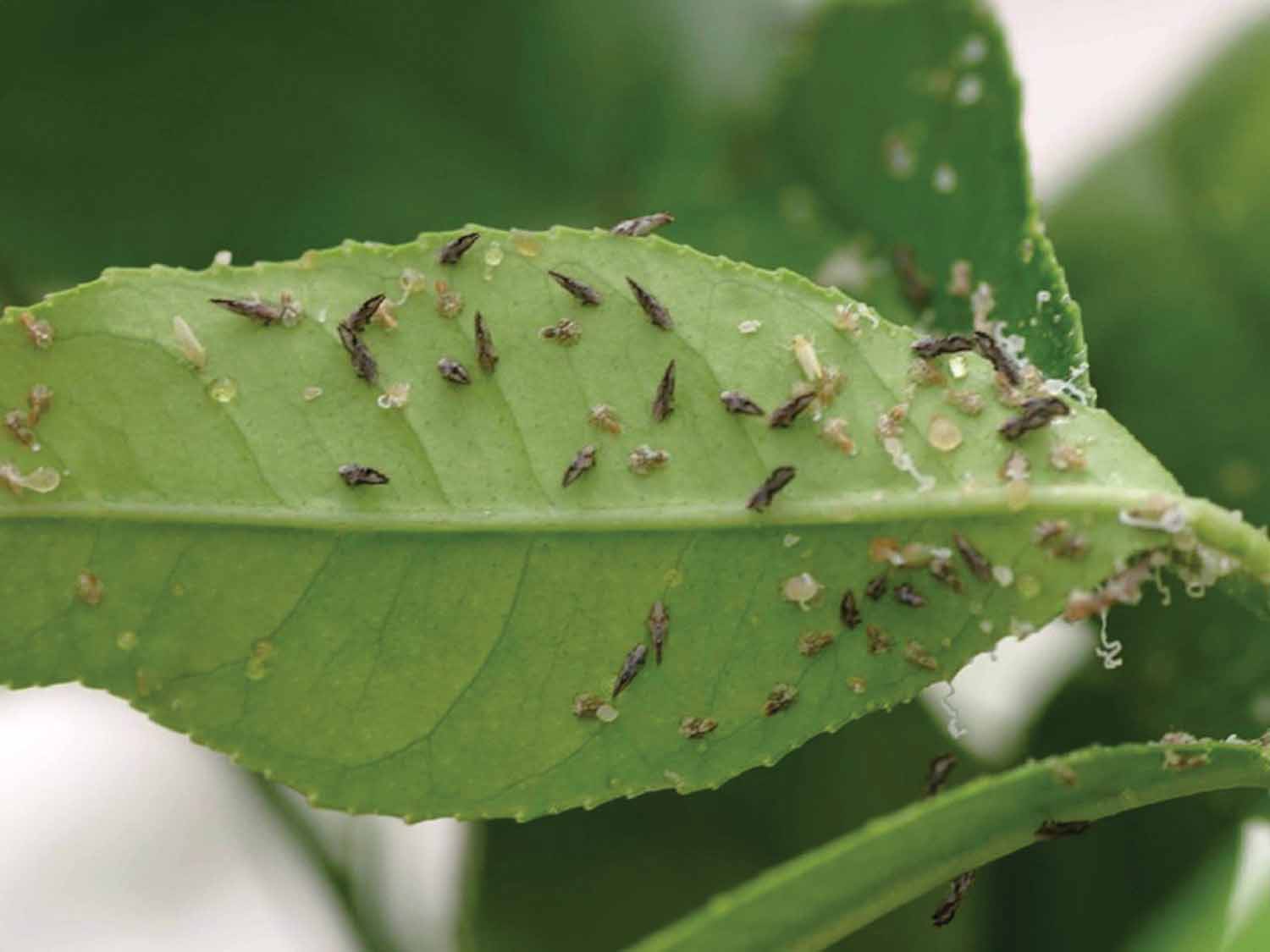
Detection marks first time plant disease has been found in San Diego County
THE California Department of Food and Agriculture (CDFA) has declared a quarantine in north San Diego County following the detection of the citrus disease Huanglongbing (HLB), or citrus greening, in two citrus trees on one residential property in the city of Oceanside. This is the first time the plant disease, which does not harm people but is deadly to citrus, has been detected in San Diego County. CDFA is working with the United States Department of Agriculture (USDA) and the San Diego County Agricultural Commissioner on this cooperative project.
The detection will require a mandatory 68-square-mile quarantine area around the find site to restrict the movement of citrus fruit, trees and related plant material. The updated quarantine area is bordered on the north by Stagecoach Road at Camp Pendleton; on the south by Tamarack Avenue in Carlsbad; on the west by the Pacific Ocean; and on the east by North Santa Fe Ave in Vista. The revised HLB quarantine maps for San Diego County are available online at: https://www.cdfa.ca.gov/plant/hlb/regulation.html. Please check this link for future quarantine expansions, should they occur.
An HLB quarantine area currently exists in parts of Orange, Los Angeles, Riverside and San Bernardino counties, where more than 2,400 trees have tested positive for the disease and have been removed.
The quarantine prohibits the movement of all citrus nursery stock or plant parts out of the quarantine area. Provisions exist to allow the movement of commercially cleaned and packed citrus fruit. Fruit that is not commercially cleaned and packed must not be moved from the property on which it is grown, although it may be processed and/or consumed on the premises. This includes residential citrus, such as oranges, lemons, grapefruit and kumquats.

Residents are urged to take several steps to help protect citrus trees:
- Do not move citrus plants, leaves or foliage into or out of the quarantine area or across state or international borders. Keep it local.
- Cooperate with agricultural officials placing traps, inspecting trees and treating for the pest.
- If you no longer wish to care for your citrus tree, consider removing it so it does not become a host to the pest and disease.
HLB is a bacterial disease that affects the vascular system of citrus trees and plants. It does not pose a threat to humans or animals. The Asian citrus psyllid can spread the bacteria as the pest feeds on citrus trees and plants. Once a tree is infected, there is no cure; the tree will produce bitter and misshaped fruit and die within a few years.
CDFA staff are scheduling removal of the infected trees and are in the midst of surveying citrus trees in a 250-meter radius around the detection site to determine if any other trees are infected with HLB. A treatment program for citrus trees to reduce Asian citrus psyllid infestations will also be conducted within 250-meter radius of the find site. By taking this action, a critical reservoir of the disease and its vectors will be removed, which is essential to protect surrounding citrus from this deadly disease.
CDFA, in partnership with the USDA, local County Agricultural Commissioners, and the citrus industry, continues to pursue a strategy of controlling the spread of the Asian citrus psyllid while researchers work to find a cure for the disease.
More information and photos of the ACP and HLB symptoms are available at CaliforniaCitrusThreat.org.
(Citrus Pest and Disease Prevention Program Release)






